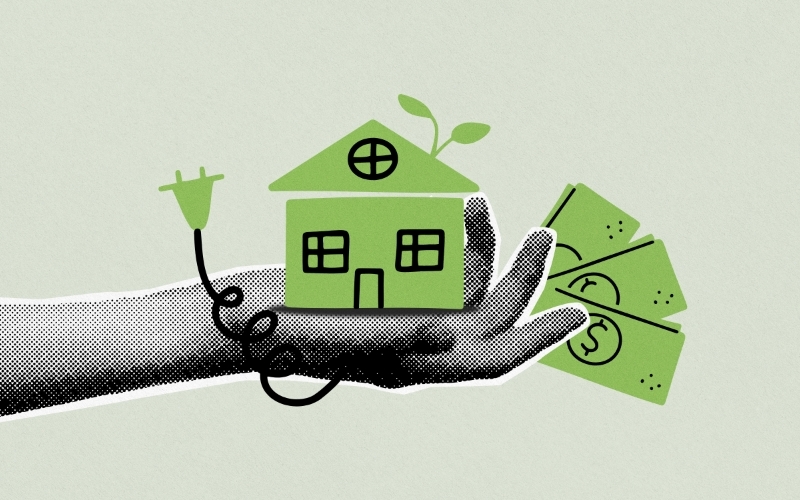Industry Trends
Marketing Insights
The number of single Americans is on the rise – and they’re buying homes. In fact, nearly one-third of homebuyers in 2013 were not married.
Singles account for more than half of the American adult population for the first time since the government began tracking the statistic 38 years ago. People are getting married, having kids and forming households later in life – if at all.
- More than 124 million American adults are single (50.2 percent).
- More than 30 percent of American adults have never been married.
With an increase in single adults, you might expect corresponding growth in the multifamily sector. But while multifamily developers have stayed busy, they aren’t outpacing their single-family home counterparts. Renting is often driven by the inability to obtain a mortgage or the desire for flexibility, and it’s easy to align those traits with singles. However, we can’t assume a single adult will be a renter.
Like gender and age, marital status is just one piece of the puzzle, and Americans’ motivation for buying – or not buying – a home is much more complex.
Who are the homebuyers?
- Married couples still lead the way when it comes to buying single-family homes. But single female buyers aren’t far behind.
- These single female homebuyers are typically 48 years old, have median household incomes of $51,900 and are more diverse than other buyers.
- Almost half of Millennial women value home ownership above getting married and having children.
- Women dominate the single buying market with one of out of every five home purchases.
- Women living alone account for 15 percent of the population; men living alone account for 12 percent of the population.
- Almost two-thirds of single homeowners say they overcame a roadblock in order to buy a home.
What do they want in a home?
- Single homeowners prioritize space and square footage (59 percent), followed by a yard (57 percent) and proximity to work/school (47 percent).
- Single women want to find a home they love; single men want to find a home at a good value.
- Women under 35 think long-term; men under 35 are more likely to purchase a home they’ll leave within five years.
- Female baby boomers appreciate low-maintenance homes, sizable kitchens, walk-in closets, laundry rooms near the master bedroom and universal design principles that will allow them to age in place.
What does this mean for marketers in the home category?
In this changing environment, your challenge as a homebuilder or marketer is to get back to the basics by paying close attention to your audience. Good data is invaluable, but it must be applied in the right context. The best thing you can do is get to know your target audiences inside and out until you understand exactly what they want and what motivates them.
As a marketer, broaden your thinking beyond the traditional “married homeowner with two kids.” Consider the presence of children in the home, but also your targets’ motivation for buying a home, their income and their lifestyle.
Think about how you represent your audience in your marketing. Does all of your imagery depict customers in “couples?” The single Americans who now account for the majority of the adult population may have a difficult time relating to those images.
Homebuilders are responding by offering floor plan options such as double masters for roommates and features that appeal to single women including security options, gourmet kitchens and low- to no-maintenance yards. Also, fresh data from the Commerce Department indicates the start of a shift toward slightly smaller, more affordable new homes—good news for entry-level and single buyers. In addition, more realtors are catering to women or singles.
How will you adjust your strategy to account for the rise in single Americans? Share your ideas in the comments.
Sources: National Association of Realtors, REALTORMag, RedFin Research Center, Spectrem’s Millionaire Corner, The American Genius, The Wall Street Journal


